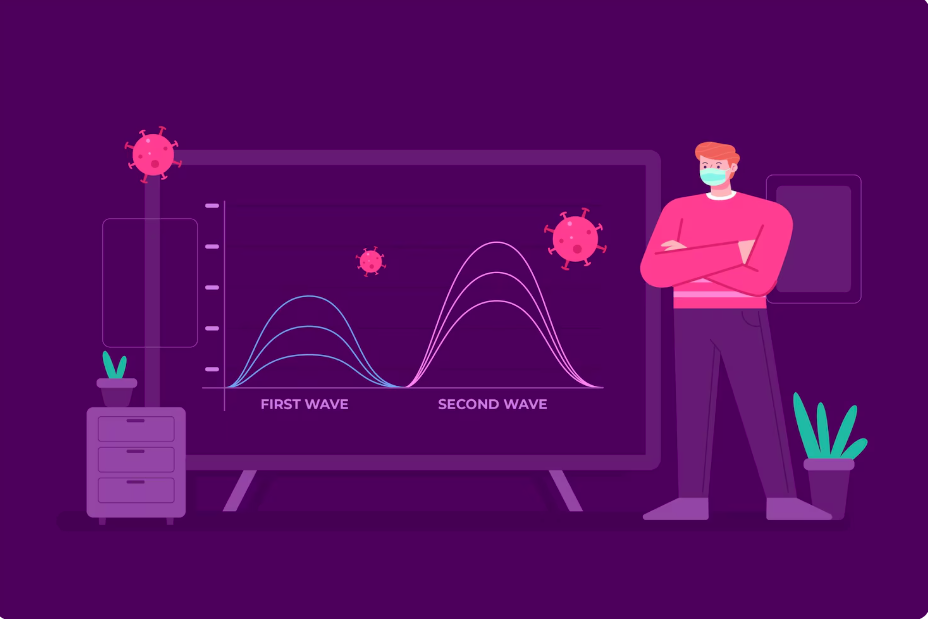Introduction: Building Cities with Code
Imagine a bustling city where every street, building, and utility is planned in advance. Instead of workers laying bricks one by one, architects hand over detailed blueprints that machines follow flawlessly, constructing entire neighbourhoods overnight. This city is not built with cement and steel but with instructions and automation. In the world of technology, that blueprint is Infrastructure as Code (IaC). It allows engineers to design, replicate, and manage infrastructure with the same precision as urban planners. Tools like Ansible and Puppet bring these blueprints to life, ensuring consistency and efficiency in modern DevOps environments.
Ansible: The Master Conductor of Automation
Think of an orchestra—strings, brass, and percussion all waiting for guidance. Without a conductor, the music would descend into chaos. Ansible plays this role in automation. Using simple playbooks written in YAML, it tells servers what to do and when to do it. No agent needs to be installed on the machines, making it lightweight yet powerful.
In practice, Ansible ensures that when you configure a hundred servers, each one looks and behaves exactly the same. It can provision cloud environments, configure applications, or deploy code with a few concise instructions. For learners attending devops classes in bangalore, Ansible often becomes their first encounter with the power of IaC—turning daunting infrastructure tasks into elegant lines of code.
Puppet: The Puppet Master of Consistency
If Ansible is a conductor, Puppet is the meticulous stage director. Its role is to ensure that the show goes on exactly as scripted, night after night, without deviation. Puppet follows a declarative approach: you describe the end state of your system, and Puppet constantly enforces it.
This means if a server drifts from its intended configuration—perhaps a package is missing or a service stops—Puppet notices and brings it back into alignment. Large enterprises rely heavily on Puppet because it thrives in complex environments with hundreds or thousands of nodes. Its model-driven framework ensures stability, like a theatre director who notices if even a single actor misses their cue.
Why IaC Matters in the DevOps Journey
Traditional infrastructure management is like handcrafting every brick in a building. It is slow, error-prone, and difficult to scale. IaC changes the narrative—it enables version control, collaboration, and automation. Teams can treat infrastructure like application code: test it, roll it back, and deploy it across environments without manual intervention.
For professionals stepping into the ecosystem through devops classes in bangalore, the practice of IaC is transformative. It reshapes how they perceive infrastructure—not as static machines, but as dynamic, programmable resources. By learning to wield tools like Ansible and Puppet, students gain the ability to translate infrastructure needs into code, reducing human error and accelerating delivery cycles.
Storytelling in Action: A Day in the Life of IaC
Picture a retail company preparing for its annual festival sale. Traffic is expected to surge tenfold, and the stakes are high. Traditionally, IT staff would spend weeks provisioning new servers, configuring load balancers, and ensuring databases could withstand the demand. But with IaC, the process changes dramatically.
Using Ansible, engineers spin up new cloud servers with predefined configurations in minutes. Puppet steps in to ensure these servers remain aligned with the desired state, enforcing compliance and correcting drifts automatically. As a result, the company is ready for the sale in record time, confident that the infrastructure will scale and stay resilient under pressure.
This story mirrors countless real-world scenarios where IaC transforms potential bottlenecks into seamless operations, empowering businesses to innovate without fear of system fragility.
Blending Ansible and Puppet for Maximum Impact
While Ansible and Puppet are often compared, they are not mutually exclusive. Many organisations adopt a hybrid approach, leveraging Ansible’s agentless orchestration alongside Puppet’s powerful enforcement. Ansible is great for ad-hoc tasks and rapid deployments, while Puppet shines in maintaining long-term configuration integrity.
Together, they provide a comprehensive toolkit that balances flexibility with stability. It’s like having both a dynamic event planner who can adapt on the fly and a meticulous caretaker who ensures the venue always remains in perfect condition. For learners and practitioners alike, mastering both tools opens doors to versatile career opportunities.
Conclusion: Writing the Future in Code
Infrastructure as Code is more than a technical practice—it’s a cultural shift. It brings order to complexity, enabling teams to scale with confidence and innovate without hesitation. Ansible and Puppet serve as guiding instruments in this symphony of automation, each with its unique strengths, yet both essential to achieving harmony.
For those stepping into the field, learning IaC through real-world scenarios provides not just technical expertise but a mindset of precision and creativity. In the hands of skilled professionals, code is no longer just about applications—it becomes the very foundation upon which tomorrow’s digital cities are built.














